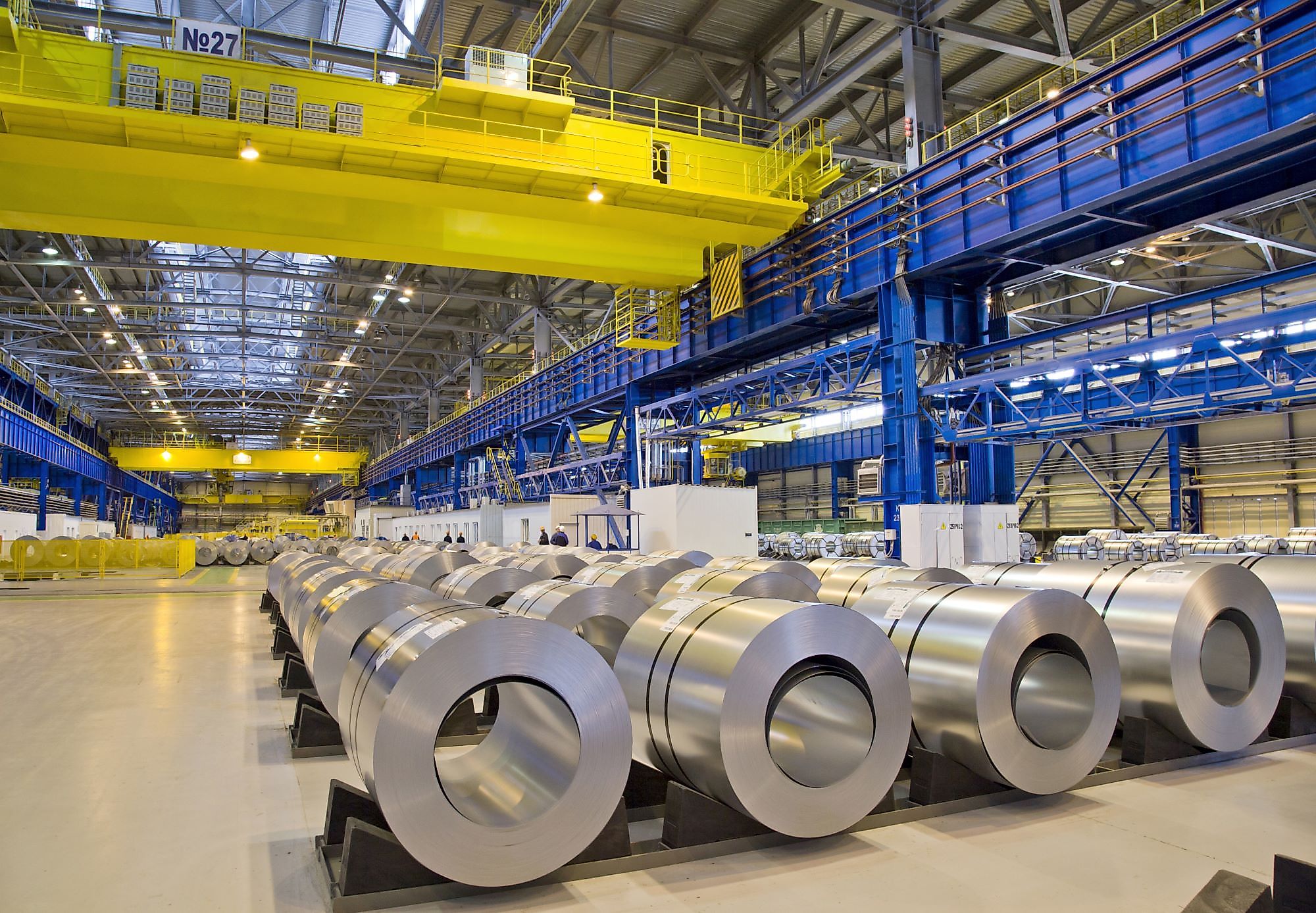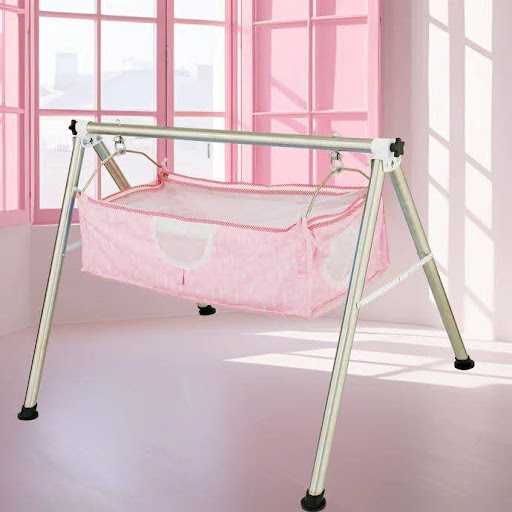Steel is one of the most crucial components in the modern world of manufacturing. From automotive to construction, the methods of processing steel are constantly evolving. Let me guide you through the top ten well-known steel processing methods being utilized this year.
1. Hot Rolling
The hot rolling process is still the most popular method of making steel until 2025. The process involves heating steel at a temperature above its recrystallization temperature, which is usually about 1700 degrees Fahrenheit. The heated steel goes through a roller, which shapes it into the desired shapes like bars, sheets, and structural beams.
Hot rolling is a favorite among manufacturers because it’s economical when it comes to large-scale production. This makes steel much easier to work with and also creates items with superior structural properties. The hot-rolled steel can be found on railroad tracks, I-beams, and S beams al ong with automotive frames.
2. Cold Rolling
In contrast to its hot counterpart that uses hot rolling, cold rolling is a process that works with steel that is at the temperature of room. This technique creates steel with tighter tolerances as well as a smoother surface. Many fabricators favor cold-rolled steel for the reason that precision is most important.
The process involves putting steel through rollers several times in order to attain that desired finish. The cost of cold-rolled steel is higher than hot-rolled, but its higher quality of the surface is worth the cost in applications that require the bending of sheet metal processes.
3. Forging
Forging has been used for centuries; however, modern methods make it extremely efficient. This technique uses compressive forces to form the steel that is heated. Forging by drop, pressing forging as well and roll forging are all common variations that are used today.
Forged steel parts exhibit exceptional durability because the process aligns the structure of the grain in the steel. Forged steel is used in landing gears for aircraft crankshafts, as well as other heavy machinery parts. The automotive industry is heavily reliant on forging to make crucial safety components.
4. Casting
Steel casting involves the process of pouring molten steel into molds. Once it has cooled, the material changes shape to fit the cavity of the mold. This technique is great for making intricate shapes that are difficult or impossible to make using other processes.
Sand casting, investment casting, or die castingare all popular alternatives. Casting is employed by manufacturers to make all kinds of railings, from ornamental to machinery components. The versatility of casting is what makes it indispensable in the modern steel manufacturing process.
5. Machining
Machining removes materials from steel workpieces, resulting in precise dimensions and capabilities. Modern facilities employ CNC machines that use computer programs to guarantee accuracy. A horizontal CNC machine provides significant advantages in the efficient processing of large steel components.
Drilling, milling and turning, and grinding are all under the umbrella of machining. These processes produce threaded holes and flat surfaces, as well as parts with a cylindrical shape and smooth surfaces. Horizontal machining centers let gravity help to remove chips, thereby keeping the work area clean when machining.
6. Welding
Welding connects steel parts by melting them and welding them. There are a variety of welding techniques available that include MIG T, IG as well as stick welding, and laser welding. Each one has its own application, dependent on the type of steel and project specifications.
Modern welders should be aware of how to weld galvanized steel correctly since coated steel is used in all kinds of manufacturing and construction. When welding galvanized steel, the zinc coating demands special attention in order to ensure that toxic fumes are not released and sturdy joints are ensured. The proper ventilation and method are enormously important when working with galvanized products.
7. Stamping
Metal stamping employs presses and dies to form sheet steel flat into 3D parts. This process produces millions of identical components with a consistent quality. The automotive industry manufactures the majority of car body panels by stamping processes.
Progressive dies, transfer dies, and compound dies each serve different purposes. Stamping is a great tool for large-scale production where speed and consistency are crucial. The initial cost of tooling is reduced by the small cost of production per piece.
8. Bending and forming
Bending steel transforms flat into curved or angled shapes with no cutting, joining, or joining. Press brakes and roll-forming machines can handle the majority of bending processes in modern workshops. The techniques employed for sheet metal bending are now incredibly sophisticated thanks to computerized controls.
Operators can now program sophisticated bend sequences that ensure strict tolerances throughout production runs. Bending with air, bottoming, and coining are the three primary bending techniques. Each has distinct advantages in terms of the life of the tool, precision, and flexibility. Knowing the fundamentals of sheet metal bending can help manufacturers select the best method for their particular project.
9. Cutting
Steel cutting has risen dramatically thanks to advances in technological advancements. Traditional methods such as shearing and sawing are in use, but plasma cutting, laser cutting, and waterjet cutting have taken over as cutting-edge technology.
Laser cutting provides incredible precision for medium to thin steel thicknesses. Plasma cutting is able to cut through thicker steel at higher speeds. Waterjet cutting does not generate heat and thus avoids any thermal distortion. Each technique has sweet areas where it is most effective.
10. Surface Treatment
Surface treatment shields steel from rust and enhances its appearance. The process of galvanizing and powder coating, plating, and painting is the most common treatment method. Galvanizing involves coating steel using zinc, which is the reason knowing how to properly weld galvanized steel is crucial when working in fabrication facilities.
It is also included in this class. Methods like tempering, annealing, and case hardening alter the mechanical properties of steel. The manufacturers choose the surface treatment depending on the conditions in which they operate and the expected life of the service.
The Future
Steel processing techniques continue to improve as technology advances. The advancements in automation, artificial intelligence as well and robotics have made traditional processes more precise and efficient. But the basic techniques are largely unchanged due to the fact that they are so effective.
The knowledge gained from these ten techniques can help anyone who works with steel make better choices. If you’re designing parts and managing production, or learning about the industry, knowing when to apply every process makes a huge difference. Each process brings distinct advantages, and experienced fabricators are able to mix these methods to get the best outcomes.
The steel industry won’t go anywhere. The processes will continue to be used by manufacturers across the globe and will continue to improve, making them more efficient and eco-friendly as time passes.





